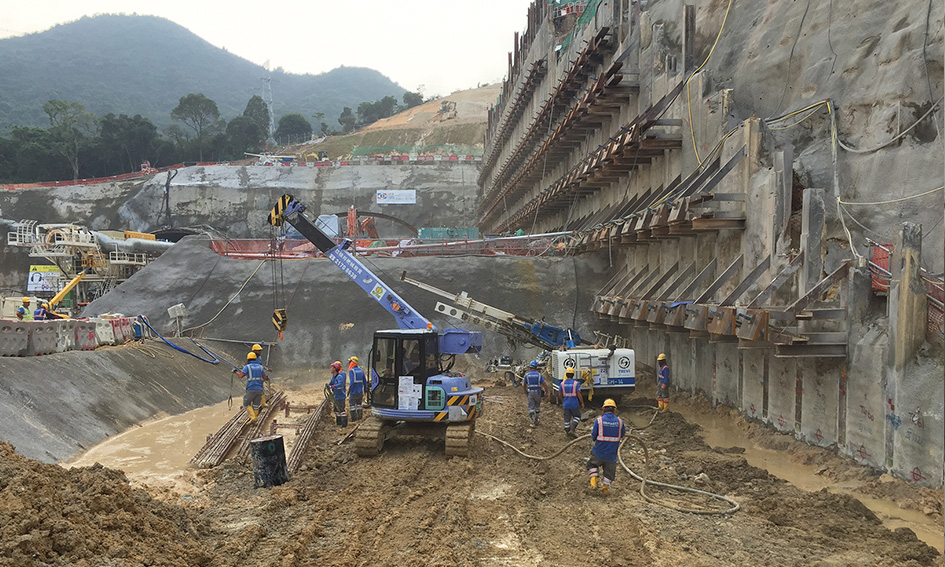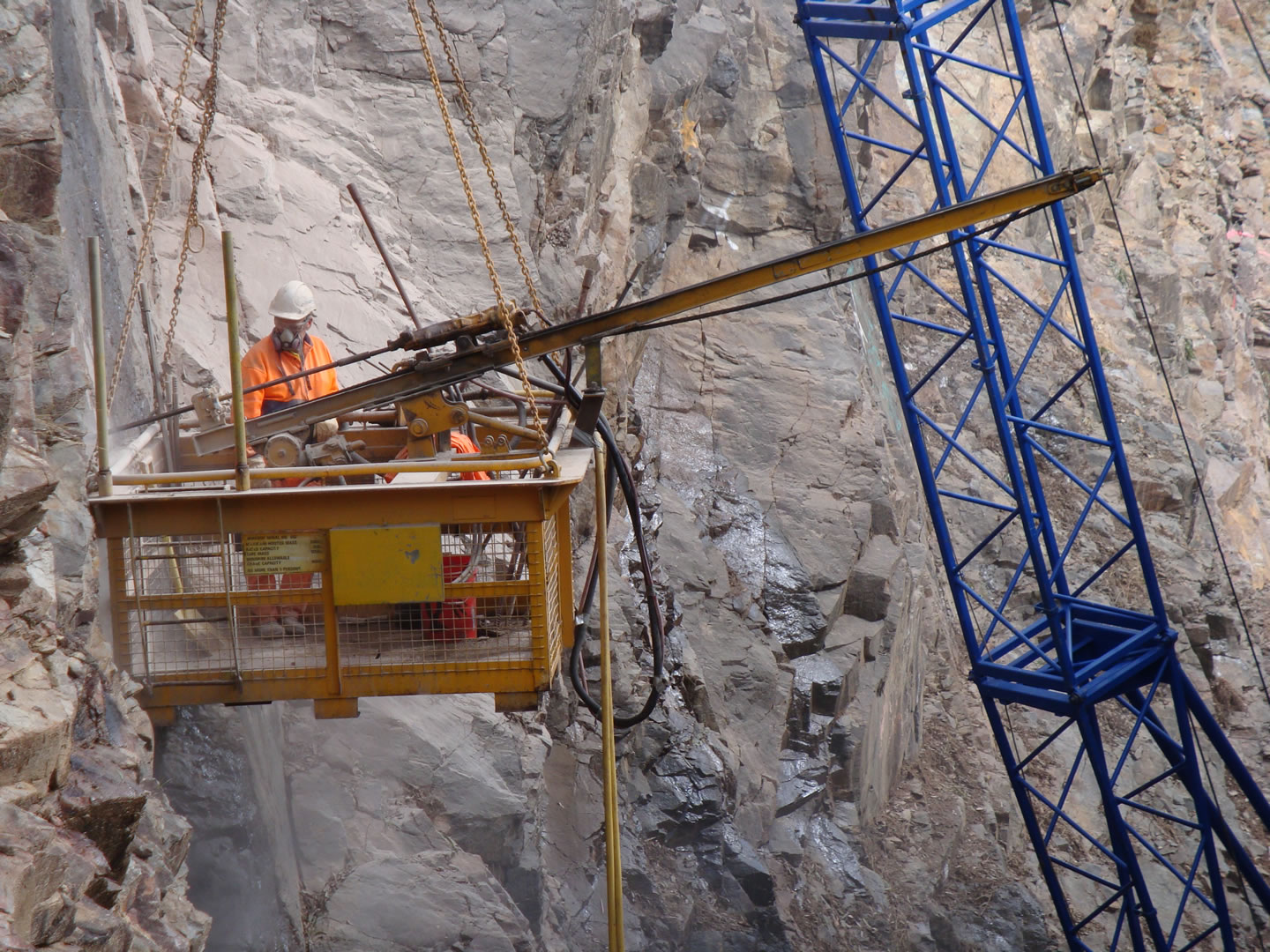Williams Anchors: High-Performance Anchoring Equipments for Construction Projects
Williams Anchors: High-Performance Anchoring Equipments for Construction Projects
Blog Article
Reliable Rock Anchors for Secure and Stable Structures
In the world of civil design, the role of reliable rock supports can not be overstated, as they are essential in developing secure and stable foundations across a variety of applications. Recognizing the various kinds of rock supports, their specific applications, and the details of installation and maintenance is necessary for optimizing their performance.
Types of Rock Anchors

Easy anchors count on the weight of the framework and the bordering dirt or rock to supply resistance. Energetic anchors, on the various other hand, entail the application of stress via a high-strength wire or rod, producing a pre-stressed condition in the support - Williams Anchors.
Grouted anchors are another substantial group, in which a steel bar or cable television is put into a pierced hole, followed by a cementitious cement. When healed, the grout bonds with the surrounding rock, creating a robust anchoring system. Each kind of rock support provides distinctive advantages based on the details geological conditions and architectural demands, thereby playing a critical duty in the general honesty and longevity of constructed centers.
Applications in Construction
Rock anchors play an essential role in various construction applications, supplying crucial support and security in diverse settings. These cutting-edge services are used in jobs varying from large-scale infrastructure developments to smaller sized residential structures. Among the primary applications of rock anchors is in the stabilization of inclines and keeping wall surfaces, where they aid prevent soil disintegration and maintain structural integrity.
In addition, rock supports contribute in safeguarding foundations for bridges, tunnels, and high-rise buildings, ensuring they can hold up against side pressures such as wind and seismic activity. Their versatility enables setup in difficult geological problems, making them optimal for projects in mountainous or rocky surfaces.

Trick Selection Standards
Choosing the proper rock support for a particular application needs mindful factor to consider of a number of crucial requirements. The geological problems of the website need to be completely assessed. Understanding rock kind, toughness, and stability is necessary to make certain that the support will certainly execute efficiently under tons conditions.

An additional vital variable is the deterioration resistance of the anchor materials. In environments exposed to wetness or chemicals, utilizing corrosion-resistant a knockout post materials will prolong the lifespan of the supports and maintain architectural integrity in time.
Furthermore, the support's installment technique ought to straighten with the project's needs and restraints. Relieve of setup, as well as the prospective influence on surrounding frameworks, must be thought about.
Installment Methods
Reliable installment methods are important for the successful efficiency of rock supports. Correct installation ensures that the supports attain the preferred load-bearing capacity and security within the geological problems. The first step in the installation procedure entails site analysis, where geological surveys identify the rock type, condition, and any type of prospective difficulties.
When the site is evaluated, the appropriate exploration technique should be chosen-- choices include rotary boring, ruby exploration, or percussion drilling. The selection depends upon rock firmness and environmental factors to consider. Exact boring depth and angle are necessary to make certain that the supports straighten with architectural demands and load circulation.
After boring, the next stage involves cleansing the borehole to eliminate debris, which can jeopardize bond strength. Following this, the support is placed, and if required, a cement or resin is infused to enhance attachment. The curing time of these products should be abided by, making sure that the supports accomplish complete stamina prior to any type of lots is applied.
Upkeep and Evaluation
Correct maintenance and examination of rock supports are vital to ensure their long-lasting efficiency and dependability (Williams Anchors). Normal assessments aid identify any type of possible issues, such as rust, displacement, or structural exhaustion that can jeopardize the stability of the anchoring system
Regular inspections ought to be carried out at specified periods, taking right into account environmental aspects and the specific application of the rock anchors. Aesthetic examinations ought to concentrate on the revealed sections of the anchors, looking for indicators of rust, fractures, or various other abnormalities. In addition, it is important to examine the bordering geological problems to find any kind of shifts in soil or rock that may impact anchor efficiency.
In many cases, even more innovative techniques such as load testing or non-destructive testing read review might be called for to identify the supports' load-bearing ability and overall health. Proper documentation of evaluation findings, maintenance activities, and any type of fixings or substitutes executed is essential for recurring analysis and conformity with market requirements.
Final Thought
In final thought, reputable rock anchors play an essential duty in making sure safe and secure and steady foundations across different building and construction applications. By properly moving tons and enhancing security versus side pressures, these anchors add dramatically to the durability and stability of frameworks such as bridges, tunnels, and her explanation preserving wall surfaces. Strategic selection, setup, and upkeep of rock supports are essential for optimizing performance and safeguarding public security, ultimately underscoring their relevance in modern-day engineering methods.
Report this page